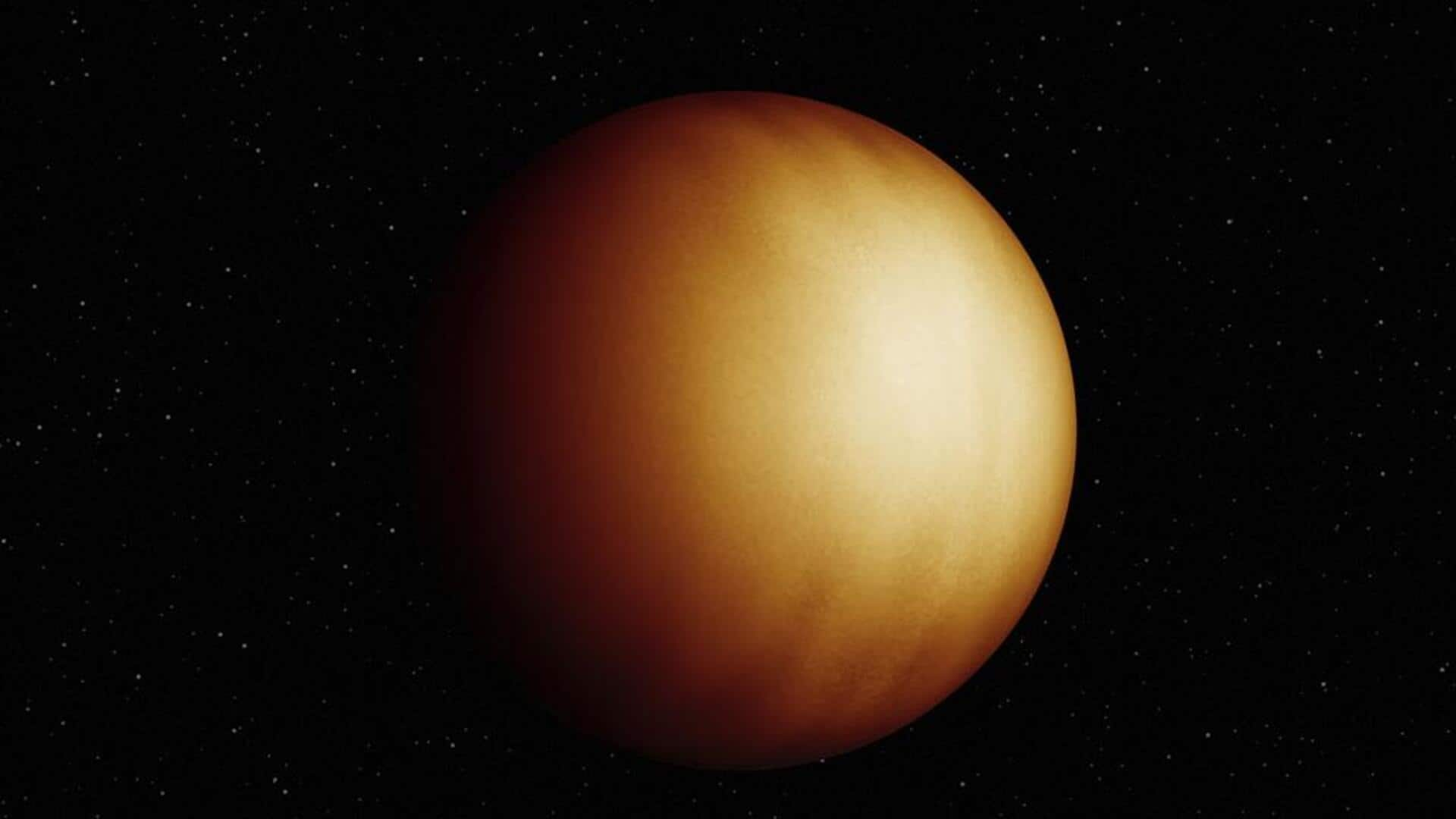
NASA's Webb telescope maps 'ultra-hot' exoplanet, finds water in atmosphere
What's the story
Exoplanets are key targets for astronomers in the search for potentially habitable worlds. One such celestial body which has interested scientists is WASP-18 b, an "ultra-hot gas giant" 10 times bigger than Jupiter, lying 400 light-years away from us. With the help of NASA's James Webb Space Telescope (JWST), researchers have now mapped the planet for the first time.
Context
Why does this story matter?
One of the prime uses of JWST, which was launched in December 2021, is to study the atmospheres of exoplanets to ascertain if life exists elsewhere in the universe. The WASP-18 b has been widely studied since it was discovered in 2009. With Webb's remarkable sensitivity, astronomers intend to uncover more about the alien world than before.
Official words
'It's the first time JWST has mapped a planet'
"This is the first time a planet has been mapped with JWST, and it's really exciting to see that some of what our models predicted, such as a sharp drop in temperature away from the point on the planet directly facing the star, is actually seen in the data," said Megan Mansfield from the University of Arizona, who was part of the study.
Official
The temperatures on the planet reach 2,700 degrees Celsius
Researchers charted out a temperature map of the exoplanet WASP-18 b as it moved behind the star it orbits, an event known as a secondary eclipse. The temperatures on the planet are known to reach a scorching 2,700 degrees Celsius. Surprisingly, despite these extreme conditions, the team identified several features which indicated the presence of water in the atmosphere of WASP-18 b.
Information
Water vapor is present at different elevations
The planet's temperature would almost "tear most water molecules apart," but identifying these molecules stands as a testament to Webb's "extraordinary sensitivity to detect remaining water," explained NASA. Further, Webb's data indicates that water vapor is present at different elevations on the exoplanet's atmosphere.
Explanation
The same side of the planet faces its host star
The same side of the exoplanet, called dayside, always faces its host star similar to how the same side of the Moon faces Earth. Separating the day and night sides of the planet is a terminator line, where it's always twilight. The celestial body is considerably cooler at the boundary. The team estimates there's something blocking winds from "redistributing heat to the night side."
Detail
The planet may have a strong magnetic field
However, what exactly is hindering the winds from blowing to the night side is not understood. The temperature map of WASP-18 b shows a "lack of east-west winds that is best matched by models with atmospheric drag," said Ryan Challener, the study's co-author. "One possible explanation is that this planet has a strong magnetic field, which would be an exciting discovery," he added.